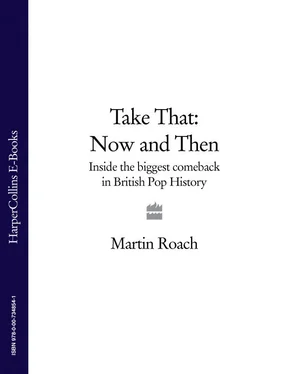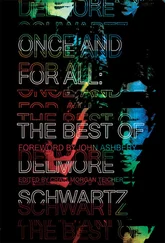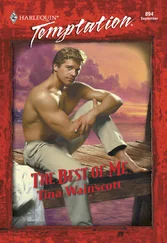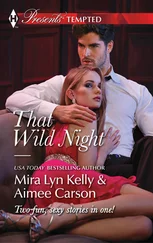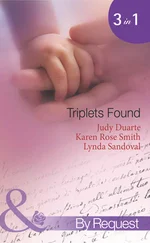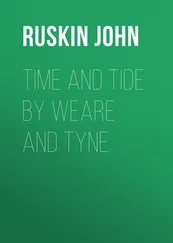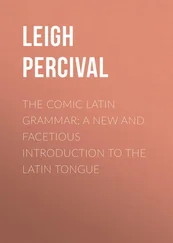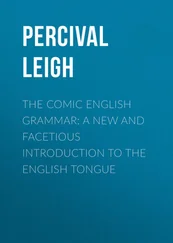Drying his hands, Gary picked up the phone.
‘Hello Gary, it’s Nigel Martin-Smith here. I’ve listened to that tape you gave me and I just wondered who is singing on it?’
‘It’s me, Nigel.’
‘OK, but who is playing the music and made the arrangements and everything?’
‘I did, Nigel, I did it all in my bedroom.’
‘Er…right. Can you come back to see me straight away, Gary? Tonight…’
At that precise moment, Take That, arguably the biggest British boy band ever, was born.
***
Regardless of Gary’s latter-day solo success and irrespective of the public’s perception of Take That’s key players, it is a simple fact that the very heart of the band always was—and always will be—Gary Barlow. Of the thirty-three original tracks on the band’s three studio albums, Gary was solely credited for writing twenty-five of them and co-writing a further seven.
Born 20 January 1971, Gary shares his birthday with punk svengali and cultural icon Malcolm McLaren, twenty-five years his senior. He was brought up in Frodsham, Cheshire, a small town with some big money, filled with sandstone brick buildings, a couple of housing estates, an old church, scatterings of hills and good walking country. It has been said that Frodsham people think they are a bit above their neighbours—and they are, overlooking as they do the chemical and petrol plants around Runcorn.
Gary was born to parents Marge and Colin Barlow, with one older brother, Ian (who now runs his own building firm). As a baby, Gary cried so much that his mother wondered if there was something seriously wrong with his health, but then they realised he was just a tiny baby who liked to make a lot of noise. His primary education was at Weaver Vale, where a final-year primary-school production of Joseph and the Amazing Technicolor Dreamcoat saw him take the lead role. However, the first real signs of a future life in entertainment came when Gary was just 11 years old and chose a keyboard for Christmas, having been given the choice of either that or a BMX bike. Remarkably—and there are numerous first-hand sources to back this up—the pre-teen Gary was very quickly writing his own material.
Gary’s school life carried on at Frodsham High School, where his mother was a science technician. Perhaps surprisingly, given his young age, the schoolboy Gary had started performing professionally at social clubs in the local area. At this early stage, in true Phoenix Nights -style, he incorporated a handful of jokes into his routine. Notably, his musical influences were generally older than those of most teens—although his first record was ‘Living Next Door to Alice’ by Smokie, he was a big Motown fan, and liked artists such as Elton John and Stevie Wonder. His main song-writing inspirations were The Beatles and Adam Ant, an odd mix but obviously not one that stifled his creativity.
As early as age 13, Gary was playing solo every Saturday for ?8 a night at Connahs Quay Labour Club in North Wales, performing classic working-men’s standards such as ‘Wind Beneath My Wings’. He’d been offered the job after coming second in a talent competition at the venue with a cover of the surreal classic, ‘A Whiter Shade of Pale’. Gary’s slot at the Labour Club lasted two years, during which time he also formed a duo with a friend known only as Heather. Together they played the pubs and clubs circuit for a further two years. He also formed a short-lived band inspired by Adam and the Ants. His rudimentary keyboard was soon replaced with a £600 organ with foot-pedals, which offered the budding songwriter far more musical possibilities.
One of the most significant jobs he secured was a ‘residency’ fronting a small, middle-aged band at the Halton British Legion in Widnes, near Runcorn, which included four gigs every weekend until well after midnight. By then, the mid-teenage Gary was earning up to £140 a night, which was no small accomplishment. Inevitably, late working hours and early school schedules were exhausting for him, but all he wanted to do was play and write and perform. He even gave up his beloved karate lessons because he broke his fingers twice and was concerned about jeopardising his piano-playing.
Gary supported some notable performers, including Ken Dodd and Bobby Davro, and, perhaps more importantly, began to slip his original compositions into his set alongside the staple club standards. One of those original songs had taken him six minutes to write and was entitled ‘A Million Love Songs’. Another two were called ‘Another Crack in My Heart’ and ‘Why Can’t I Wake Up with You?’.
By this stage, Gary would spend any spare time he had writing new material. On quiet weekends he’d aim to write and demo one song a day at home, a challenge he often completed. This prolific drive, cooped up in his bedroom, was balanced with the practical experience of weekly gigging. The Legion was an ideal sounding-board for his song ideas, and also a priceless three-year apprenticeship working both with the public and veteran musicians, especially for a boy who was still twelve months shy of taking his O levels when he started. The ‘pie-and-mash circuit’ might not be the most glamorous of jobs, but there is no better way to breed new talent.
It’s hard to trace back to when a pop star has his first big break, but undoubtedly when Gary entered a song for the BBC Pebble Mill’s competition ‘A Song for Christmas’, and promptly reached the semi-finals, it was a watershed moment. He was only 15. His mother had been largely unimpressed with his self-penned ballad ‘Let’s Pray for Christmas’, but his music teacher entered it into the competition for him.
It was during a gym lesson that Mrs Nelson interrupted Gary to tell him he had been selected by the BBC to go into the next round of ‘seniors’. This involved travelling down to London’s West Heath Studios to record the track in full. It was the first time he’d been inside a recording studio but he was a natural and made full use of the orchestra and backing vocalists on offer. The whole experience was filmed, and watching the clip back now it is hard to imagine that Gary was only four years away from starting the biggest boy band of the Nineties. Although Gary’s track stalled at the semi-finals stage, he won a modest amount of prize money, which he promptly utilised by going into 10CC’s Strawberry Studios in Stockport to demo some more of his own material.
During his time in London, Gary had met several famous agents and music-business executives, so his ‘showbiz networking’ had begun. However, his path to stardom was far from smooth. Eager to get a potentially lucrative publishing deal—effectively selling his songs for other performers to sing—Gary scoured London’s record labels looking for someone who thought he was capable of writing a smash hit for their artists. Among the usual polite rejections, Gary tells a story about one executive who listened to ‘A Million Love Songs’, scornfully ripped the tape out of the machine and slung it through the open window into the street, ending his bizarre tantrum with the warning that Gary should never darken his door again. Gary has, over the years, resisted what must be the great temptation to reveal this executive’s name.
Meanwhile, Gary’s secondary education was unremarkable, with no major dramas: he was a good student and passed six ‘O’ levels, with his parents keen for him to work in banking or the police force.
***
Given their roles in Take That, it is interesting to note that two of the first members to start the chain of events leading to the band’s formation were Howard and Jason. The oldest of the band, Howard Paul Donald, was born on 28 April 1968 in Droylsden, Manchester (Howard is almost four years older than the baby of the band, Robbie Williams). Howard was from a large family, with three brothers (Michael, Colin and Glenn) and a sister (Samantha), as well as his father Keith and mother Kathleen. Both parents were entertainers, Keith teaching Latin American dance and Kathleen being a gifted singer. His parents later separated and he is also close to his step dad, Mike.
Читать дальше
